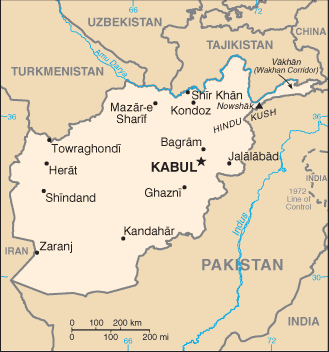Many analysts are left scratching their heads as Afghanistan’s seemingly huge military continues to founder in the face of Taliban offensives, allowing the insurgency to seize seemingly any territory it has a mind to. Talk of poor training, low morale, etc., are all valid, but are only part of the story.
 The big problem is “ghost soldiers,” members of the Afghan military who exist entirely on paper, and who in many cases are supposed to be part of the considerable defensive garrison at checkpoints and important cities.
The big problem is “ghost soldiers,” members of the Afghan military who exist entirely on paper, and who in many cases are supposed to be part of the considerable defensive garrison at checkpoints and important cities.
The ghost soldiers have been a thing for years in Afghanistan, with warlords or well-connected commanders simply filling their rosters with fake names and pocketing their salaries. The problem continues to grow, however, and at this point estimates suggest that 40% of the Afghan military may not even exist.
The problem extends beyond the military itself, with provincial police in key provinces like Helmand conceding that their force sizes are likely dramatically inflated. In places with heavy casualties, the problem is compounded, as many of the actual, real forces are replaced with “on paper” alternates.
The Afghan government’s interest in solving this problem has been limited, as the military has struggled to find real recruits in the first place, and NATO nations pay virtually the whole bill for their security forces. Accepting fake troops has allowed them to meet recruitment goals, and it’s not like it’s their money that’s being stolen.


